

Richard Wagner wrote the above in an 1854 letter to Franz Liszt, who was to become his father-in-law in 1870. In between, his revolutionary music drama had its 1865 world premiere, conducted by Cosima’s then-husband, Hans von Bülow. Richard and Cosima had been carrying on their affair for some time, and it was no mystery to the conductor. The true happiness of love may be the loveliest of all dreams, but, we are reminded, it is not always the simplest.
Our Own JJ reminded me of Wagner’s quotation a few weeks ago when answering someone’s question about which Tristan DVD best reflects the composer’s intentions. Perhaps to head off a séance, JJ suggested that a good Tristan production in the time of cameras and recording equipment would not necessarily be one that looked like what the Munich audience saw a century and a half ago. Rather, it would be dreamlike, full-blooded, simple.
In the time of complete filmed Tristans, different directors, conductors, and casts have given us many approaches, some fitting that description and others not. These interpreters’ dreams have been overlaid on Wagner’s. The discussion provoked me, rather impulsively and with an eye on the calendar for the Met’s new opening-night production, to look at and consider some of what is available, and to share those thoughts.
I shall say in advance, with regret but no small relief, that this will not be a comprehensive survey such as we presented in April for Strauss’s Elektra. There are about twice as many Tristan DVDs as there are Elektra DVDs, and Tristan is a work twice as long. Therefore, I have chosen three that I consider essential viewing with elements of greatness (nothing of human endeavor being perfect, including Tristan itself), and then I will touch on a few runners-up and also-rans.
If your favorite filmed Tristan has been slighted or left off entirely, I encourage you to share that in followup. But in the words of great songwriters of a more recent era, this time the dream’s on me.
The 1962 Bayreuth production of Wieland Wagner was filmed in Osaka in 1967, not long after the director’s death, and has been intermittently since VHS days. To see it today is to be challenged on notions about the days of “stand and sing” and the dramatic abilities of singers in an earlier era.
Often, how we respond to what we see and hear is colored by expectations that can be too high or too low. It is possible that someone else would bypass this black-and-white film with “acceptable” sound and picture on technical grounds alone. When I eventually saw it, it exceeded my expectations in every way.
How much care went into this tour staging, how the result compares to what audiences had seen in Bayreuth five years earlier, it is impossible for me to say. What is clear is that even though this production is older than those storybook Met Wagner stagings of the 1970s through 1990s, it looks more modern. The vision of a great theatrical mind is still there to be appreciated, with a cast well acquainted with his work generally, and this production specifically.
As most of Wieland’s influential productions of his grandfather’s operas exist only in photographs and memories, and more of the people who attended them leave us every year, it is an important record. It is the theatrical equivalent of a scratchy late-career recording by some fabled singer in early gramophone days.
The effect of Wieland’s production is of grandeur achieved through austerity. Even with the somewhat murky image quality, one sees sophisticated use of space and expressionistic lighting, eloquence in blocking and gesture. There is a 1960s time-stamping to peripheral elements such as the wigs, makeup, and lines of the costumes, but broadly speaking it is timeless. Settings are suggestive rather than elaborate, and movements of the performers economical yet purposeful. A friend pointed out that the people on the stage seem “invisibly connected.” Every scene has a grip and charge to it. In any era, we rarely see this.
The film provides an opportunity to hear and see Birgit Nilsson in her prime in one of her great roles. There are no surprises in what she sounds like. The huge, focused voice gleams and soars, and there is commendable attention to dynamics. There is a complementary assurance in stage responsibilities, a lot of charisma with it, and (surprise?) good acting in close-up. I have always felt that something was lost when Nilsson took her roles into recording studios. She was a singer to be experienced on the stage, if one could, and I consistently find her surviving live recordings and broadcasts of greater interest. This one is a strong example.
Wolfgang Windgassen‘s vocal endowment was not of such legendary dimensions, but one appreciates him more in retrospect. Today he seems a template for many “lyrical” Tristans who would follow, and he is more effective within his means than most. His rhythmic accuracy and sensitive phrasing reward close attention. He and his Isolde are very comfortable with each other. The others are a good group, and Hans Hotter brings the bottomless sadness of a great stage tragedian to Marke.
Pierre Boulez conducts the Osaka orchestra, and while he was not all the way there to being the polarizing Wagnerian we know from the Parsifal recording and the Centenary Ring, there are his hallmarks of clarity, transparency and speed: this runs three and a half hours. Nilsson did not approve (“It was almost as though this French conductor had never opened the orchestra score […] It was the only time I was happy Wieland was not present”). My own view is mellower; I find his an intriguing maverick interpretation.
Operagoers and opera producers often are at odds these days on the quality of beauty. A certain kind of operagoer would like almost anything, regardless of subject matter, to have “a beautiful production.” This usually means something visually stimulating in the sense of being colorful, painterly, and expensive-looking: pretty pictures to applaud. Earlier, I used the descriptor “storybook” with a note of disapproval, but Jean-Pierre Ponnelle‘s 1982 Bayreuth production, filmed in 1983, is a reminder that a beautiful production can also be a dramatic and imaginative one, and a great one.
Ponnelle is almost 30 years dead now, and long ago was admitted to the pantheon. This means he can be used as a club with which to beat those who followed him. One sees his name invoked as someone who respected the composers and did it the right way. I am sure he did respect the composers, but in Tristan and elsewhere, he took risks and liberties. Some paid off; others did not. The way Isolde returns in the final act and what it is made to mean are departures from Wagner’s libretto, but defensible ones. Ponnelle heard and responded to that music’s consoling quality.
This Tristan is the “romantic” choice, with attractive people in lovely, dreamlike settings. The first act gives us a huge white diaphanous sail, the two women below it, Tristan and his men visible through fabric above. Isolde is literally weighed down by her enormous cape. A crown is perched on her head; it falls off near the end of the act. In the second act, there is a vast spreading tree within a forest that can be dark and ominous or magically glowing and bright with changes in music. The third act is a barren outcrop with another tree, this one dead.
Johanna Meier blows gentler breezes than Nilsson’s gales in the prior performance. Hers is an ethereal, very vulnerable Isolde, every inch the princess both in regal bearing and the sense of someone who has been sheltered and begins the drama lost and beset. She is expressive of face and voice and meets the music on her terms, without attempting to force a larger sound than she has. Sheen compensates for what is absent in heft, and she makes a trim, agile figure on the stage.
So does her partner, the handsome René Kollo, whose tone in 1983 still had much of the sweetness one heard in his early Stolzings and Lohengrins. Meier is the better actor of the two, but Kollo’s agonies in the third act are well guided by Ponnelle, and the tenor gives a good accounting in them. An indelible image: these lovers staring at their reflection together in the pan from which they have drunk the potion.
Of the others, I must mention Hanna Schwarz, one of the best Brangänes of my experience, not only for the intelligence with which she handles her music and text but for her sympathetic and alert presence as confidant. Matti Salminen is in prime, plush voice as Marke, very clear in enunciation, still and affecting in restraint.
Conductor Daniel Barenboim, a then-recent Bayreuth debutant, had only begun his exploration of this score. For good and ill, it sounds like the work of someone who had started as an instrumental soloist. Later he would know more about working with and supporting singers in Wagner operas. An English critic might call it “wilful.”
Tomorrow: the third ship, plus more vehicles for its Isolde.
Merry Widow | Finger Lakes, NY | July 25-28
Geneva Light Opera’s production of Lehar’s The Merry Widow will feature prize-winning baritone Bryan Murray and soprano Alexis Olinyk in the superb acoustics of in the landmark Smith Opera House in Geneva, New York on July 25, 27, and 28. A small city on the north end of the largest of NY’s Finger Lakes, Geneva…
Geneva Light Opera’s production of Lehar’s The Merry Widow will feature prize-winning baritone Bryan Murray and soprano Alexis Olinyk in the superb acoustics of in the landmark Smith Opera House in Geneva, New York on July 25, 27, and 28. A small city on the north end of the largest of NY’s Finger Lakes, Geneva…
Latest on Parterre
Reach your audience through parterre box!
parterre box, “the most essential blog in opera” (New York Times), is now booking display and sponsored content advertising for the 2023-2024 season. Join Carnegie Hall, Lincoln Center, Warner Classics and many others in reaching your target audience through parterre box.
parterre box, “the most essential blog in opera” (New York Times), is now booking display and sponsored content advertising for the 2023-2024 season. Join Carnegie Hall, Lincoln Center, Warner Classics and many others in reaching your target audience through parterre box.
parterre in your box?
Get our free weekly newsletter delivered to your email.


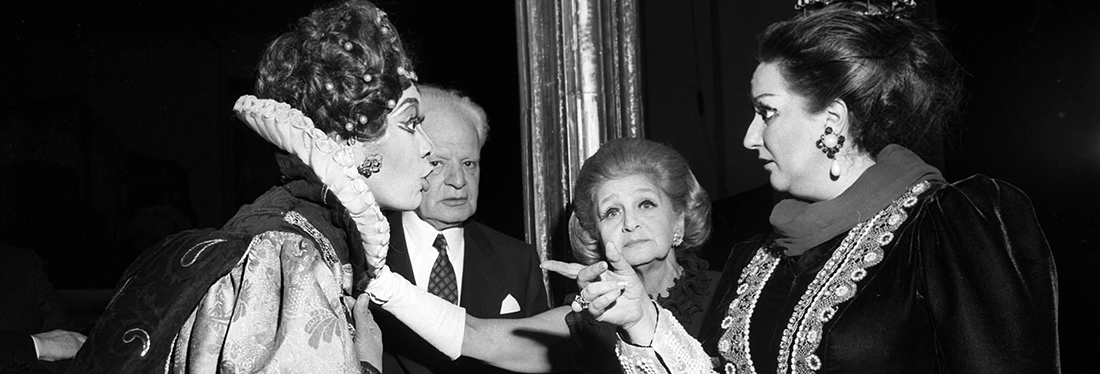
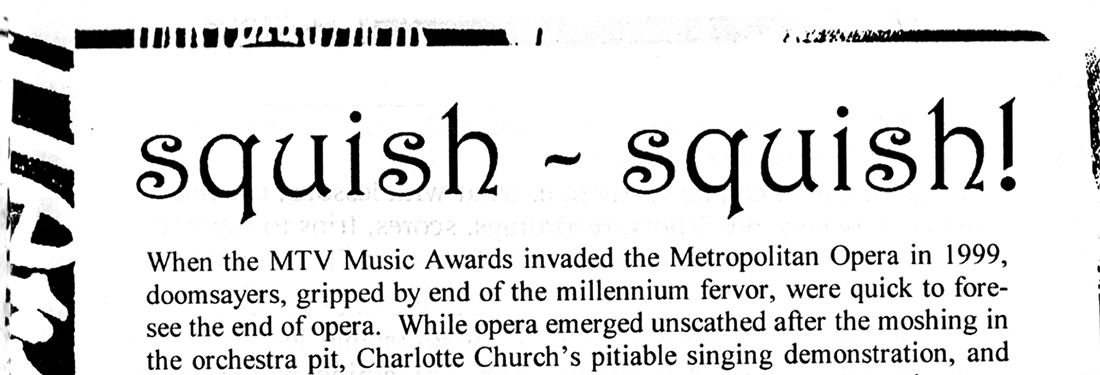
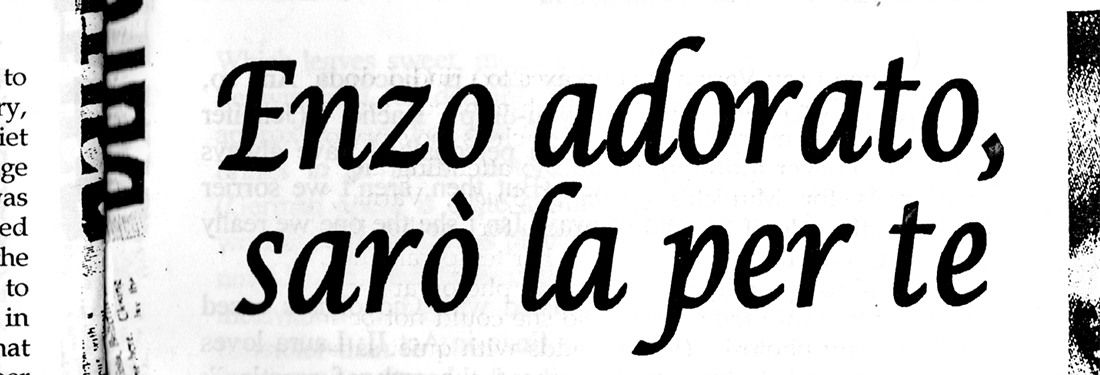
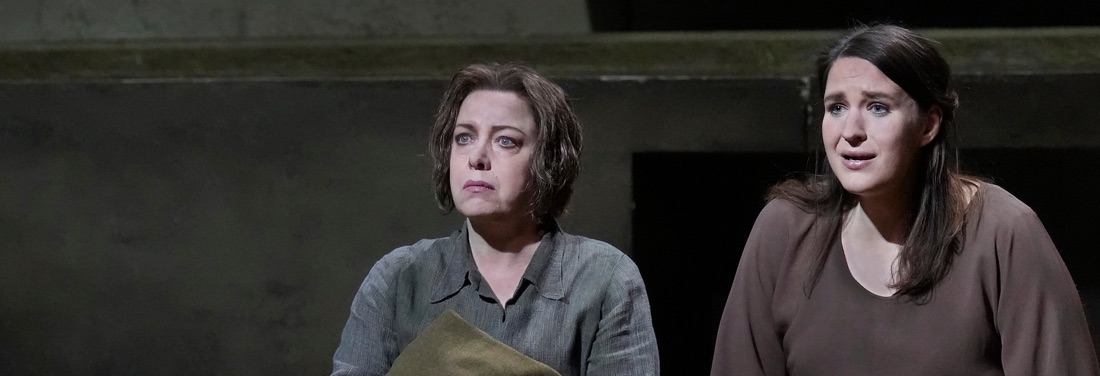
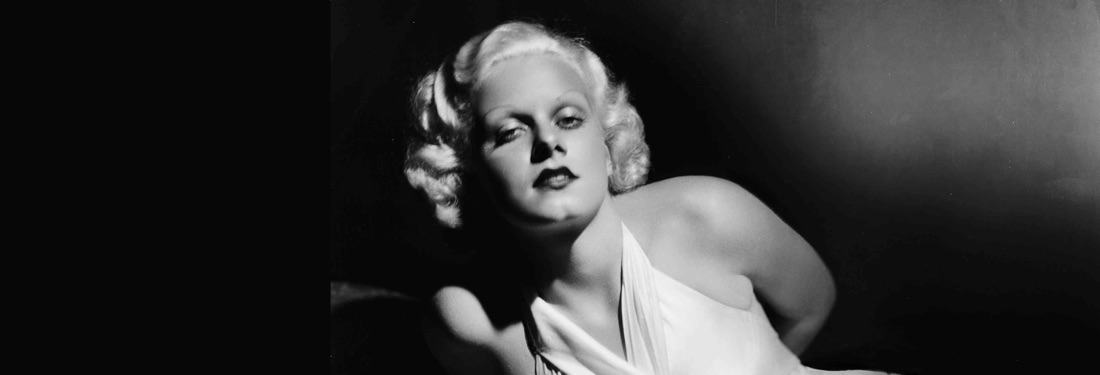
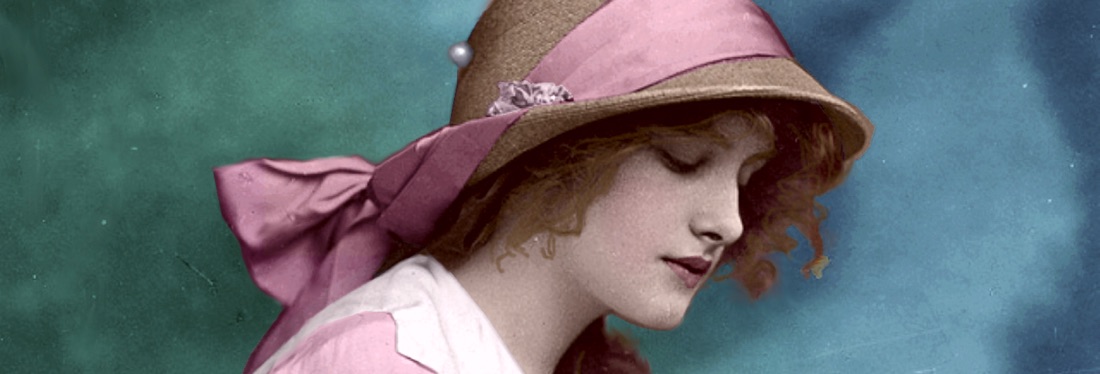
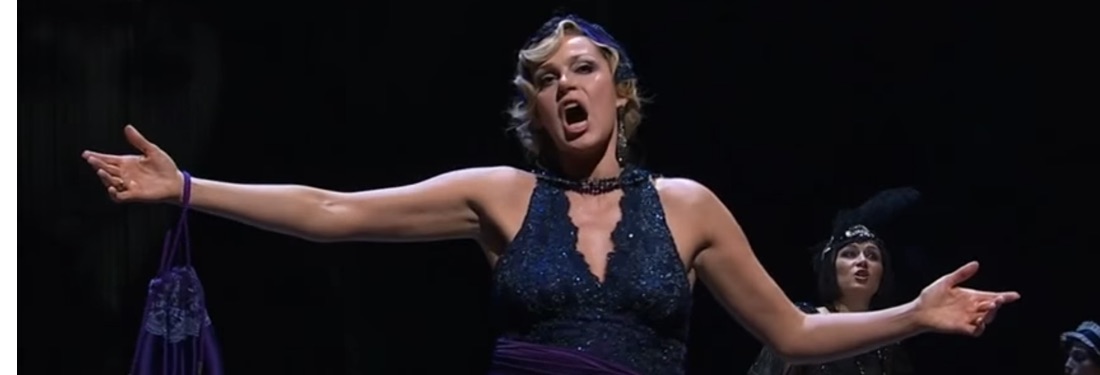
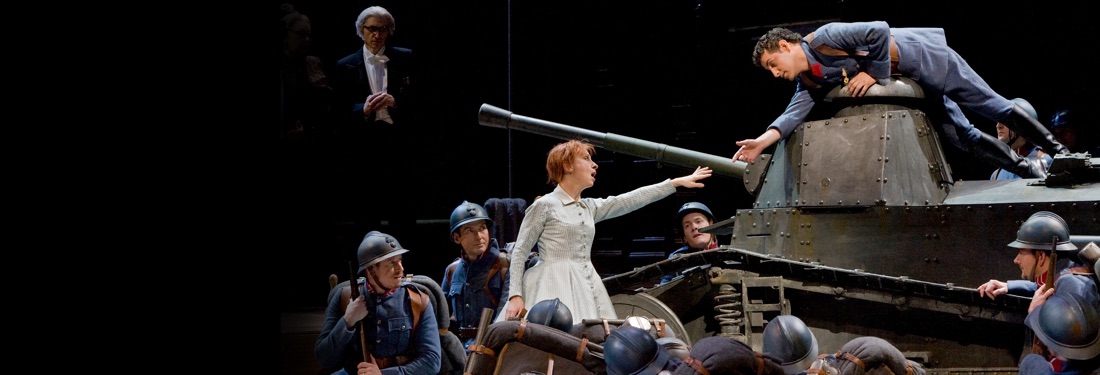
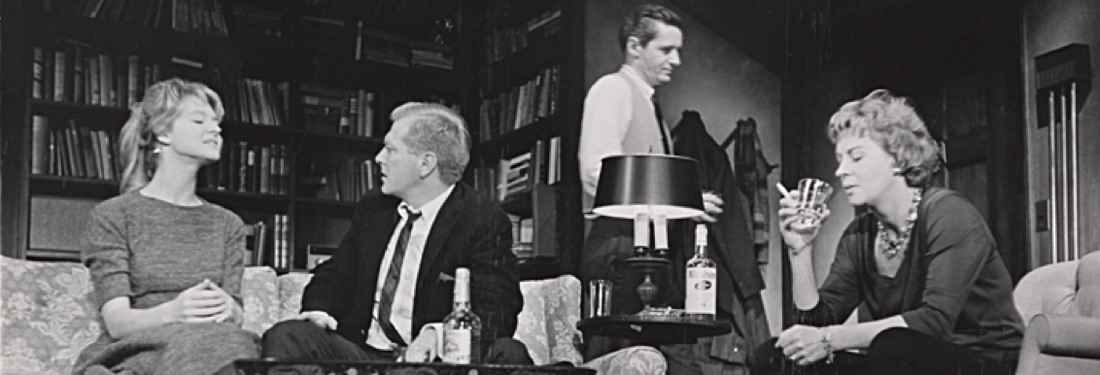
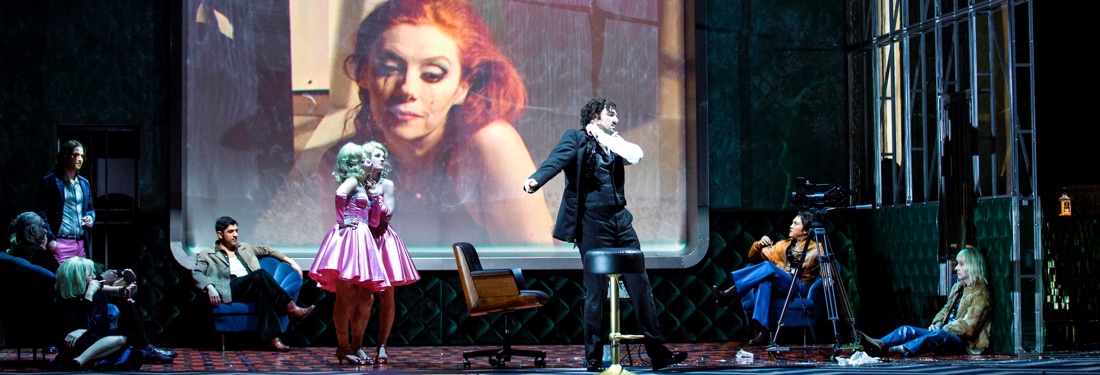
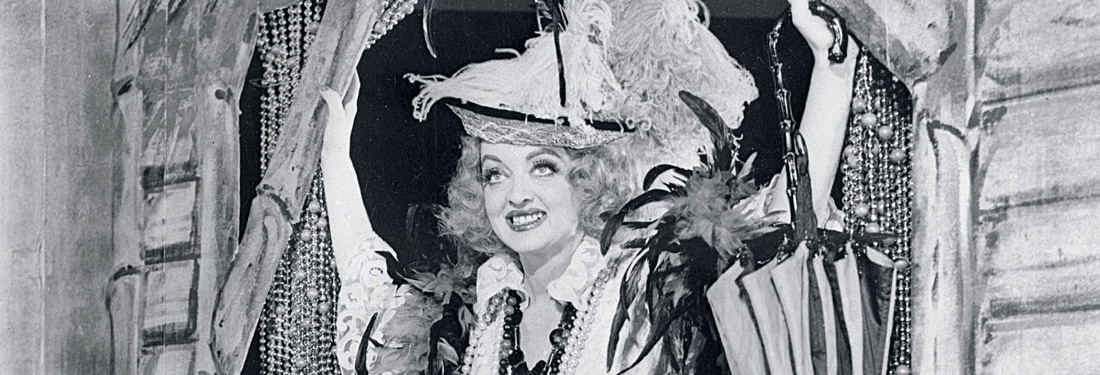
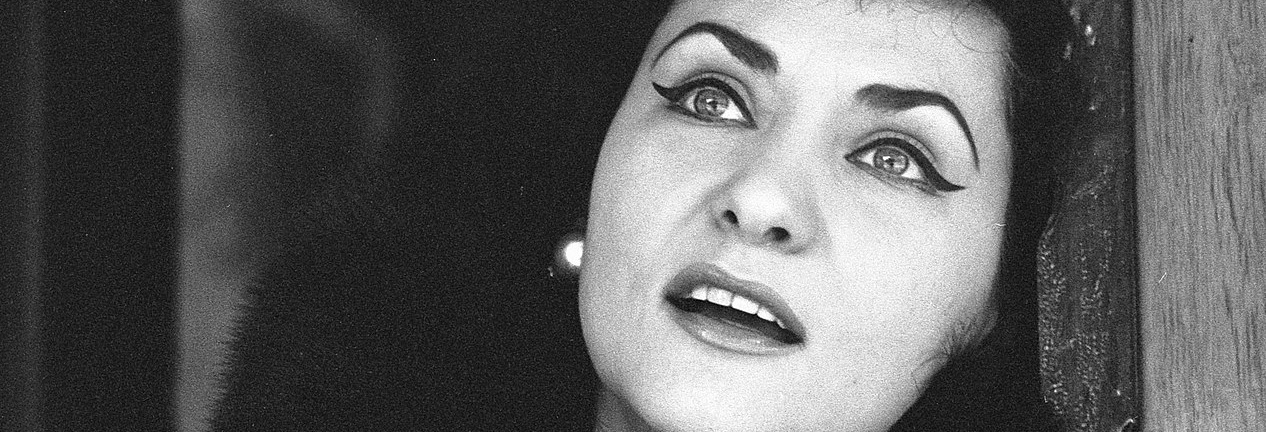
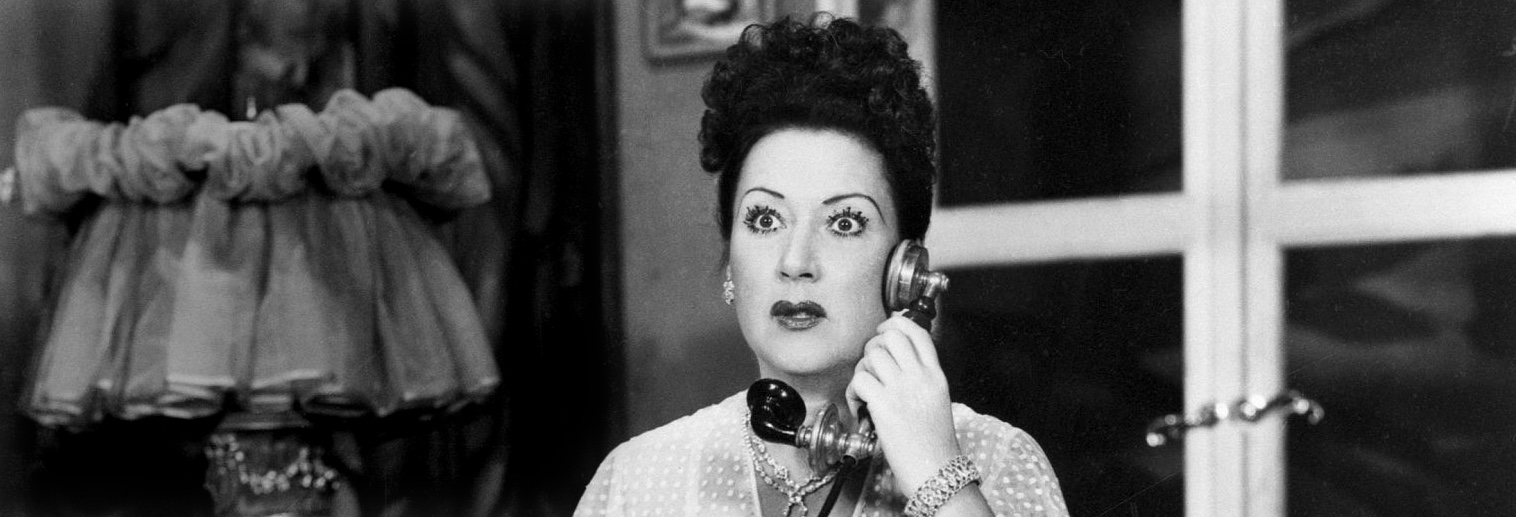
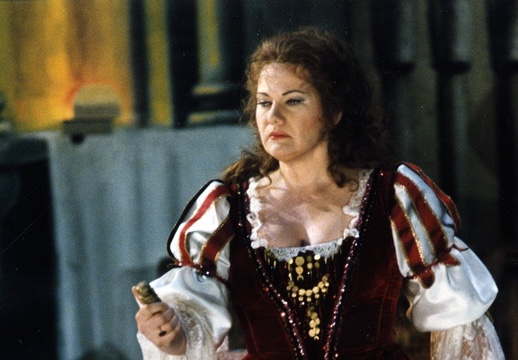

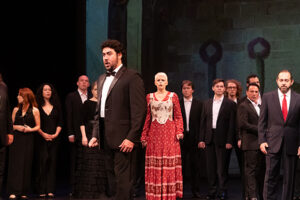
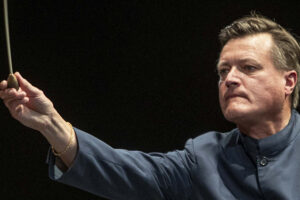
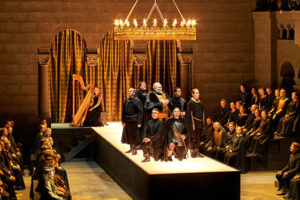
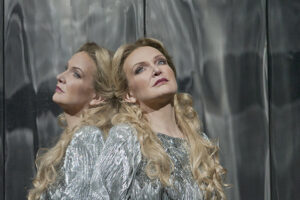




Comments